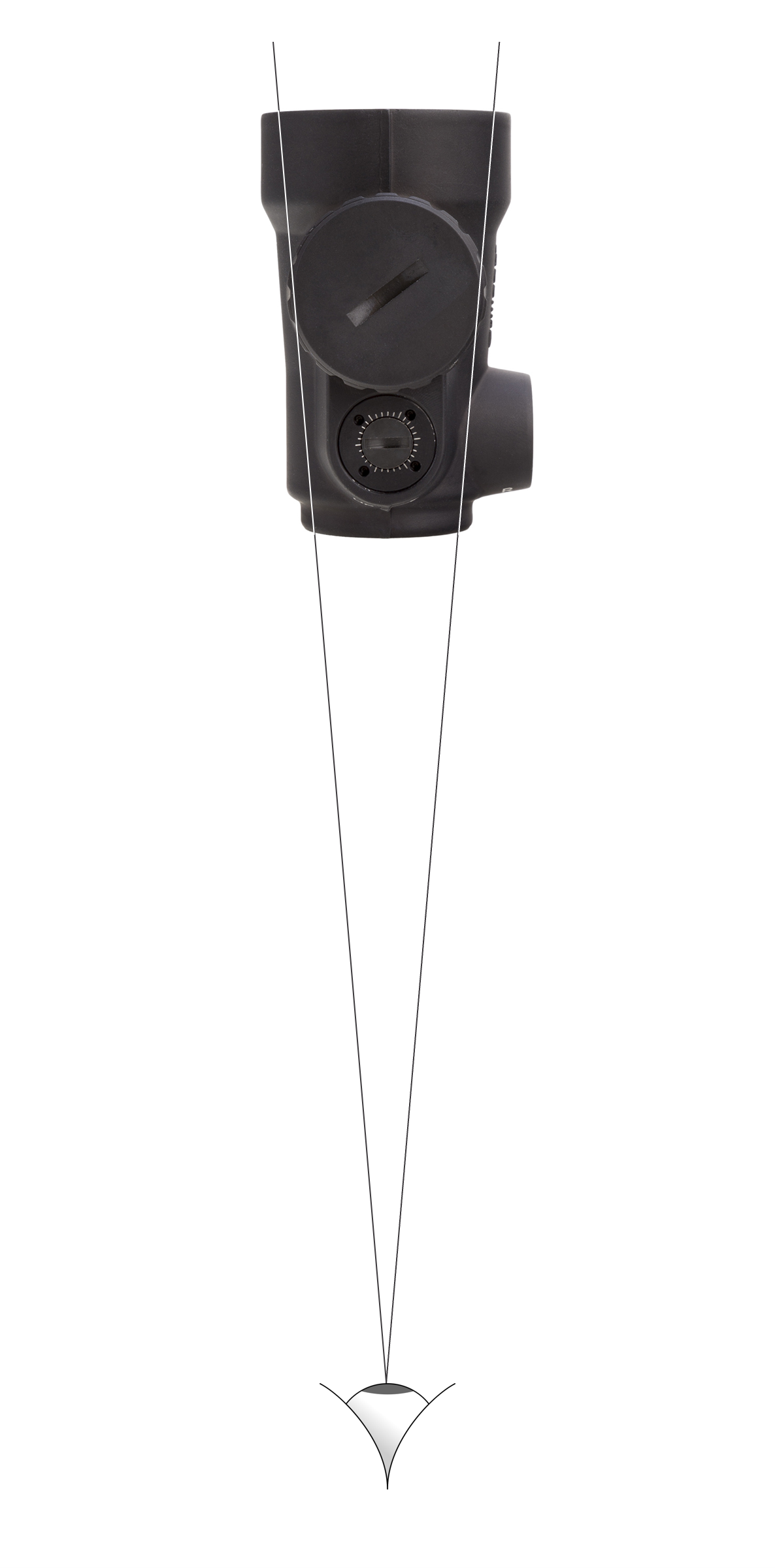No products
Manufacturers
Categories
- AK-47 Pattern Rifles
- AR-15 Accessories
- Beretta Accessories
- Canik Accessories
- CZ Accessories
- CZ P-07 & Duty
- CZ P-09
- CZ P-10 Series
- CZ Shadow 1
- CZ Shadow 2
- CZ Shadow 2 Compact
- Competition rigs (Shadow 2 Compact)
- Holsters (Shadow 2 Compact)
- Magazine pouches (Shadow 2 Compact)
- Sights (Shadow 2 Compact)
- Optic Mounts (Shadow 2 Compact)
- Grips (Shadow 2 Compact)
- Service Parts (Shadow 2 Compact)
- Magazine Wells (Shadow 2 Compact)
- Performance Parts (Shadow 2 Compact)
- Magazines (Shadow 2 Compact)
- P-01 / Compact
- P-01 Omega
- CZ 75 B
- CZ 85
- CZ 75 Tactical Sport
- CZ Scorpion
- Older CZ 75 (Pre-B)
- CZ 97 B
- CZ Branded Items
- Glock Accessories
- GLOCK Gen 1 - 3
- Holsters (Glock)
- Magazine Pouches (Glock)
- Competition rigs (Glock)
- Magazines (Glock)
- Performance Parts (Gen 3)
- Sights (Glock)
- Optic Mounts (Glock Gen 3)
- Lights / lasers (Glock)
- Spare Parts (Gen 3)
- Tools (Glock)
- Carbine Conversions (Gen 3)
- Grip Enhancements (Glock)
- Magazine Wells (Gen 3)
- Magazine Bases (Gen 3)
- GLOCK Gen 4
- Holsters (Glock)
- Magazine Pouches (Glock)
- Competition rigs (Glock)
- Sights (Gen4)
- Optic Mounts (Glock)
- Lights / lasers (Glock)
- Performance Parts (Glock Gen 4)
- Magazine Wells (Gen 4)
- Magazines (Glock)
- Magazine Bases (Gen 4)
- Tools (Glock)
- Spare parts (Glock Gen 4)
- Grip Enhancements (Glock)
- Carbine Conversions (Glock)
- GLOCK Gen 5
- Glock Slimline
- Holsters (Glock Slimline)
- Magazine Pouches (Glock Slimline)
- Magazines (Glock Slimline)
- Magazine Bases (Slimline)
- Performance Parts (Glock Slimline)
- Sights (Glock Slimline)
- Lights / lasers (Glock Slimline)
- Tools (Glock)
- Grip Enhancements (Glock Slimline)
- Optic Mounts (Slimline)
- Spare parts (Glock Slimline)
- Glock Branded Items
- GLOCK Gen 1 - 3
- Sig Sauer Accessories
- Smith & Wesson Accessories
- 1911 Accessories
- Vektor Accessories
- Long guns (rifle / shotgun)
- Lights and Lasers
- Gun Belts
- Gun Slings
- Training Aids
- Range Time
- Gun Care
- Reloading
- Miscellaneous
- Featured Products
- Tools
- End of line specials.
- Grand Power
- Optical Sights
Trijicon MRO Impressions
The proof of the pudding is in the eating, but sometimes the list of ingredients is worth looking at too. I took a closer look at what Trijicon did with their MRO to get a better feel for why they did it.
Because “why they did it” holds the clue as to “when you’ll want it.”
The good, the bad and the ugly
The Trijicon MRO has been around since about 2015, so something north of a million words have probably been written about it. If you look at the reviews, you’ll invariably find one of two opinions.
- It’s a brilliant optic, even for the price.
- It has parallax issues and that is inexcusable for an optic at this price.
But if it is that bad, why does it still sell seven years after its launch? The question prompted me to look a bit closer at Triicon’s Miniature Rifle Optic. Oh, and speaking of looks, it does look a bit odd. So let’s start with that:

The objective (front) lens on the MRO is 25mm in diameter. That, in itself, is nothing out of the ordinary. The fact that the ocular (rear) lens is only 20mm sets the MRO apart from its even-ended competitors. It leads to what Trijicon calls a “tapered light path” in their marketing material. What they mean is that the sides of the optic taper into your eye at the same angle as the light path. So if your eye is in the right position, the frame of the front lens hides perfectly behind the frame of the rear lens … giving you the narrowest possible frame on a tube scope.
A view to a kill
And that is what this sight is all about: A beautiful, unobstructed view. Even the recessed adjustment turrets and top-mounted brightness adjustment contribute. I know that shooting with both eyes open will ghost the tube out, but I also know that I see better with two eyes than with one, so the more of the field is visible to both eyes, the better.
Yes, you can get the same thing with an open reflex sight, but this thing is easier to use. And no, the larger 30mm tube is not automatically better. The glass may be bigger, but the net effect of the longer, parallel tube is that you see more of the inside of the tube. That makes the perceived frame thicker and it promotes tunnel vision.
The tapered shape has limitations, of course. For one, it limits the length that they can make the tube. Much longer and it becomes ungainly. And a short tube with a large lens compromises the design of the reflective system. Hence the less than perfect parallax behaviour.
The fast and the furious
One can only assume that the guys at Trijicon looked at all the options, spoke to some been-there-done-that guys (as they tend to do) and came to the conclusion that, at typical red dot distances, a clean view trumps pinpoint accuracy. And its popularity indicates that a lot of people agree.
We are all better off for it, as the resulting optic offers us a unique option in the very crowded reflex market. For close-range shooting, the type of shooting that we typically find in restricted shooting ranges or defensive scenarios, the Trijicon MRO is worth looking at.




